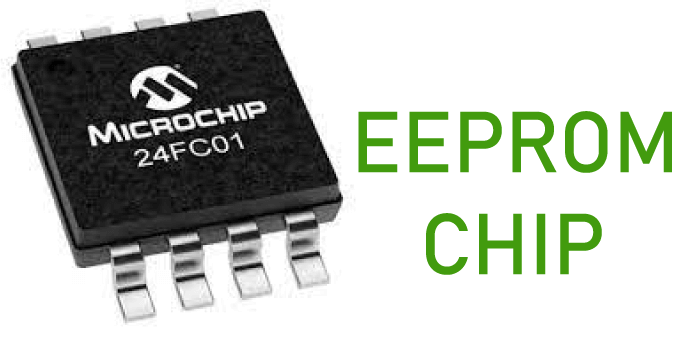What is the full form of PROMPROM: Programmable Read-only MemoryPROM stands for programmable read-only memory. The acronym PROM means programmable read-only memory. It belongs to the non-volatile class of computer memory. PROM stores the firmware and programs for microcontrollers and other digital devices. Data written on PROM cannot be erased as a result. A digital memory type known as a programmable read-only memory (PROM) allows its contents to be modified once the device has been manufactured. The information is then irreversible and cannot be altered. One form of read-only memory is this (ROM). 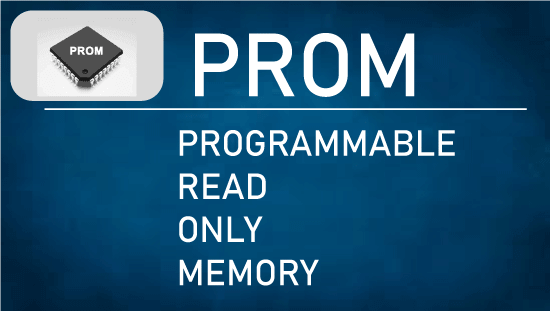
PROMs permanently store low-level programs like firmware or microcode in digital electronic systems. A PROM and a typical ROM differ primarily because a PROM has data programmed into it after manufacture. In contrast, a ROM has data written into it at the time of manufacture. As a result, ROMs are typically only used for massive manufacturing runs of thoroughly vetted data. PROMs may be used when a factory-programmed ROM is not cost-effective due to the volume needed. They may also be utilized when developing a system that may eventually be converted to ROMs in a mass-produced version. Depending on the technology, PROMs are made from blank materials and can be programmed at the wafer, final test, or system level. A PROM programmer is a device used to program blank PROM chips. To avoid big volume commitments, businesses might keep a supply of blank PROMs on hand and program them as needed. Many consumer and automotive electronics products regularly use these memories. HistoryWen Tsing Chow created the PROM in 1956 while employed with the American Bosch Arma Corporation in Garden City, New York. The United States Air Force requested the creation of the innovation to find a more adaptable and safe method of storing the targeting constants in the airborne digital computer of the Atlas E/F ICBM. While the Atlas E/F served as the primary operational missile of the American ICBM force for several years, the patent and related technology were kept under seal. The word "burn" is also used in the original patent to describe the method of programming since one of the earliest implementations involved physically burning the internal whiskers of diodes with a current overload to create a circuit discontinuity. Under Chow's guidance, Arma engineers also created the first PROM programming machines housed in the Air Force Strategic Air Command (SAC) headquarters and Arma's Garden City lab. One-time Programmable MemoryA unique kind of non-volatile memory (NVM) called OTP (one-time programmable) allows data to be written to memory once. Once the memory has been set up, even in the event of a power outage, it keeps its value (i.e., is non-volatile). Applications requiring repetitive and dependable data reading use OTP memory. In contrast to other NVM kinds like eFuse or EEPROM, OTP NVM is distinguished by providing a memory structure with a small area footprint and low power consumption. OTP memory is therefore used in various products, including Power Management ICs, microprocessors, and display drivers (PMICs). 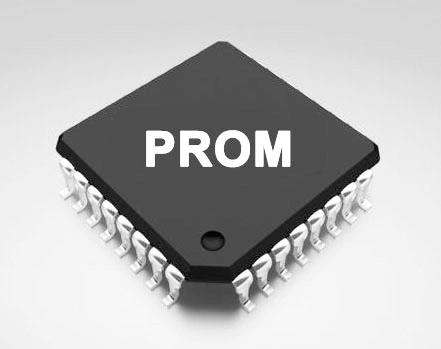
Since 1969, semiconductor anti-fuse-based OTP memory arrays have been commercially available. Early anti-fuse bit cells required blowing a capacitor between intersecting conductive lines. Texas Instruments created a MOS gate oxide breakdown anti-fuse in 1979. In 1982, a dual-gate-oxide, two-transistor (T2) MOS anti-fuse was released. Early oxide breakdown technologies had several manufacturing, scaling, programming, and size issues, making it impossible to mass-produce memory devices based on these technologies. The semiconductor chip used in a different type of one-time programmable memory device is identical to that used in a UV-erasable programmable read-only memory (UV-EPROM). Still, the finished product is placed in an opaque package rather than the pricey ceramic package with the transparent quartz window required for erasing. Although less expensive, these devices can be programmed using the same procedures as UV EPROM components. To reduce costs in volume production, embedded controllers may be supplied in field-erasable and one-time styles. This eliminates the need for factory-programmed mask ROM chips and their associated costs and lead times. Even though anti fuse-based PROM has been around for a while, it has been available when Kilo passed Technology Inc. patented 1T, 2T, and 3.5T anti-fuse bit cell technologies utilizing a conventional CMOS process in 2001 that it was possible to integrate PROM into CMOS The first process node anti-fuse in conventional CMOS can be implemented at 0.18 um. The anti-fuse programming element might have been made without extra diffusion steps because the gate oxide breakdown is less than the junction breakdown. Sidense unveiled a split-channel anti-fuse device in 2005. The thick (IO) and thin (gate) oxide devices are combined in this split-channel bit cell to create a single transistor (1T) with a shared polysilicon gate. 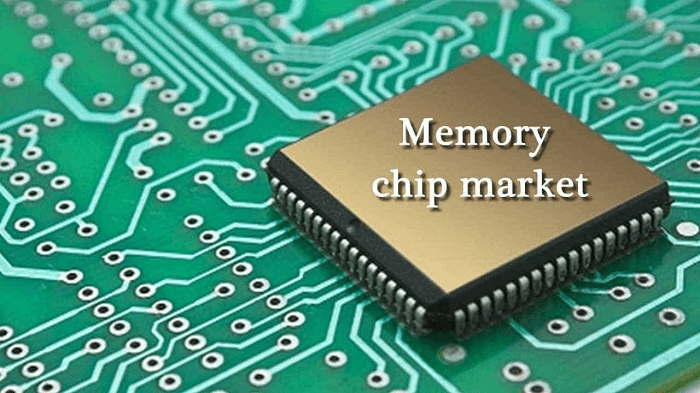
A PROM is created as blank memory, and a special burner is then used to write to it once. It is a memory chip that can store information that was once composed. Once a program has been written to a PROM, it is permanently stored there. Unlike Ram, PROMs don't lose their content when the computer is shut off. PROMS typically store low-level device drivers for specific pieces of equipment and burn just once. A frame of advanced memory called a programmable read-only memory can have each bit's setting secured by a meld or anti-fuse. It is a specific type of ROM. They contain information that is unchangeable and immutable. A PROM could resemble a ROM that has been altered after the memory has been created. Numerous devices use PROM chips, including cell phones, video game consoles, RFID labels, medical devices, and other devices. They provide simple instructions for configuring technological devices. Applications for PROM
Characteristics of PROM for High-Definition Multimedia Interfaces (HDMI)
Prom Functions as a Memory
PROM chips are frequently utilized in applications where it is crucial that we cannot alter the data contained in PROM chips, such as in medical devices or security systems. We can use a special tool called a PROM programmer or PROM burner to program PROMs. PROMs come in various sizes and shapes depending on the purpose for which e will utilize them. PROMs are often constructed of silicon but can also be made of glass or ceramic. Surface-mount or through-hole devices are both acceptable. 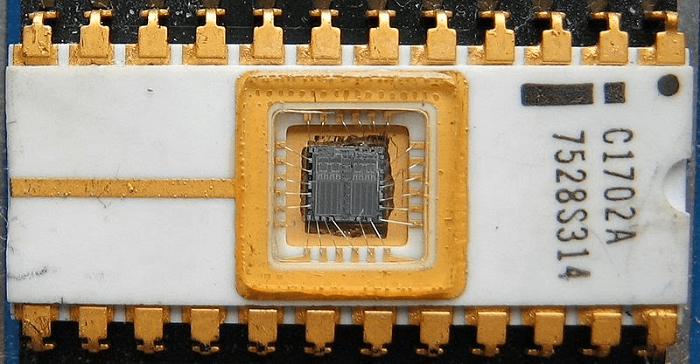
Leads (wires) from through-hole PROMs are soldered to pads on the other side of the circuit board after passing through holes on the circuit board. Leads on surface-mount PROMs are soldered right to the circuit board's surface. Different PROMsAlthough there are many other varieties of PROM, the following are the most typical:
Benefits of PROMAutomobile ElectronicsPrograms that control a car's engine, transmission, and other components are frequently stored in automotive electronic control units (ECUs) using PROMs. Programmable logic controllers (PLCs) and human-machine interfaces are examples of industrial electronics equipment employed by PROMs (HMIs). Consumer ElectronicsDigital cameras, DVD players, and personal computers are a few examples of consumer electronics products that utilize PROMs. Medical DevicesPROMs are frequently used to store the operating instructions for equipment like pacemakers and defibrillators. 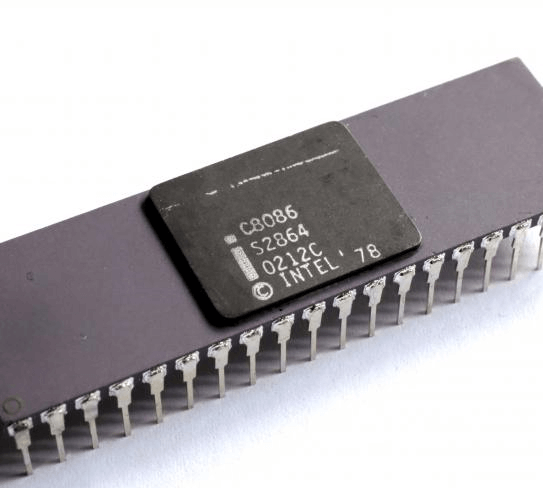
Security SystemsPROMs are frequently used to store the programming of security systems, including alarm systems and door locks. Additionally, we may store data like fingerprint templates or access codes there. PROMs are frequently used to store BIOS information on computer motherboards. The BIOS is a set of guidelines that specify how the computer should boot up and what fundamental tasks it should carry out. How Do I Pick the Right Kind of PROM?There are a few factors to think about while selecting a PROM for your application:
ConclusionA PROM is a fantastic method for chip data storage. We can use it to manufacture PROM chips that are programmed with a particular purpose and is non-volatile. You can modify the information on a chip by deleting the previous information and programming new information into the semiconductor. Due to this, it is simple to update the chip without taking it out of its socket.
Next TopicFull Forms List
|
 For Videos Join Our Youtube Channel: Join Now
For Videos Join Our Youtube Channel: Join Now
Feedback
- Send your Feedback to [email protected]
Help Others, Please Share





